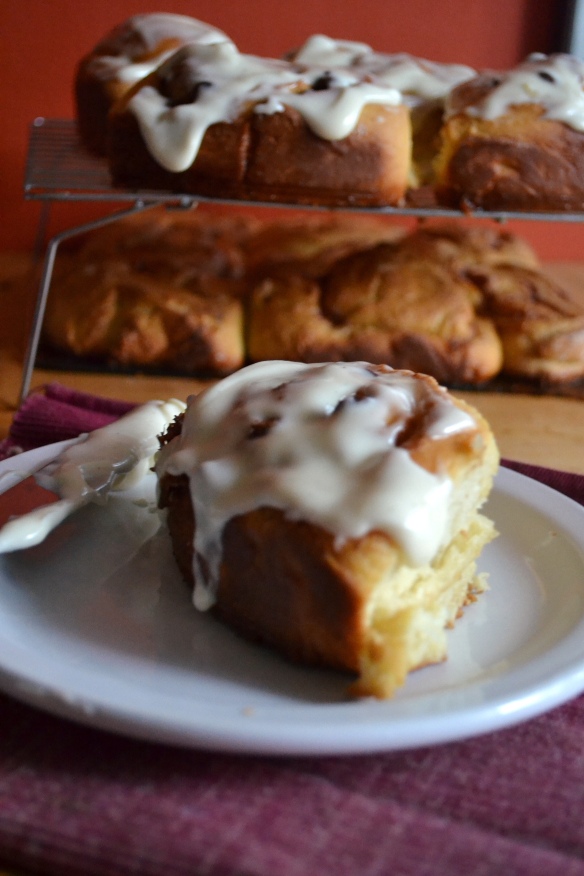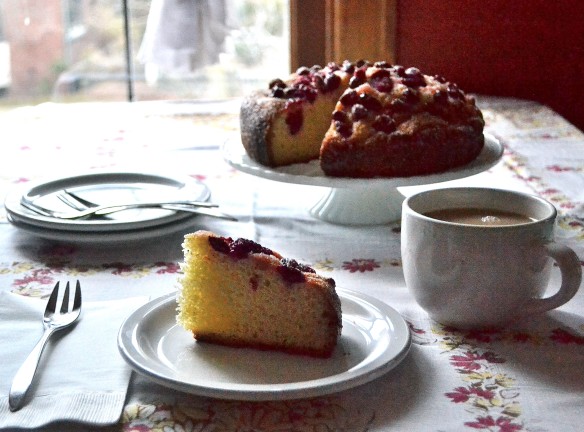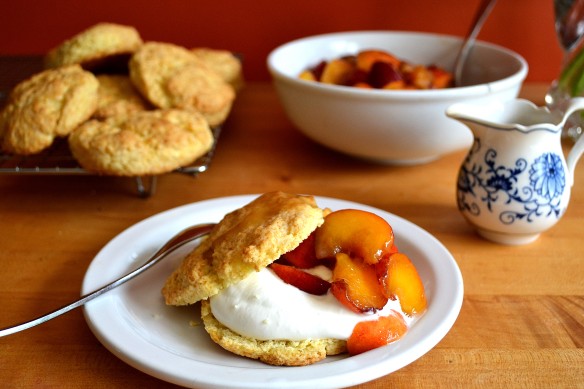
I knew today that summer was almost at an end when I saw the first new crop pears at the grocery store. It astonishes me how rapidly this one has sped past. I love autumn, but I’m not ready for it to be cold and for the days to get shorter. I have loved this summer’s late sunsets and balmy, languid twilights, which, in the Northwest, stretch on for hours. But today it finally felt like time to post this recipe, which I have kept in my back pocket for several months now. This is an old-school chicken liver mousse á la Julia Child. Far easier than a paté, this type of mousse can literally be whipped up in under twenty minutes, not including the time it needs to set (at least four hours in the fridge). It’s great when you’re cooking for a party and don’t want to fuss at the last minute. Continue reading









